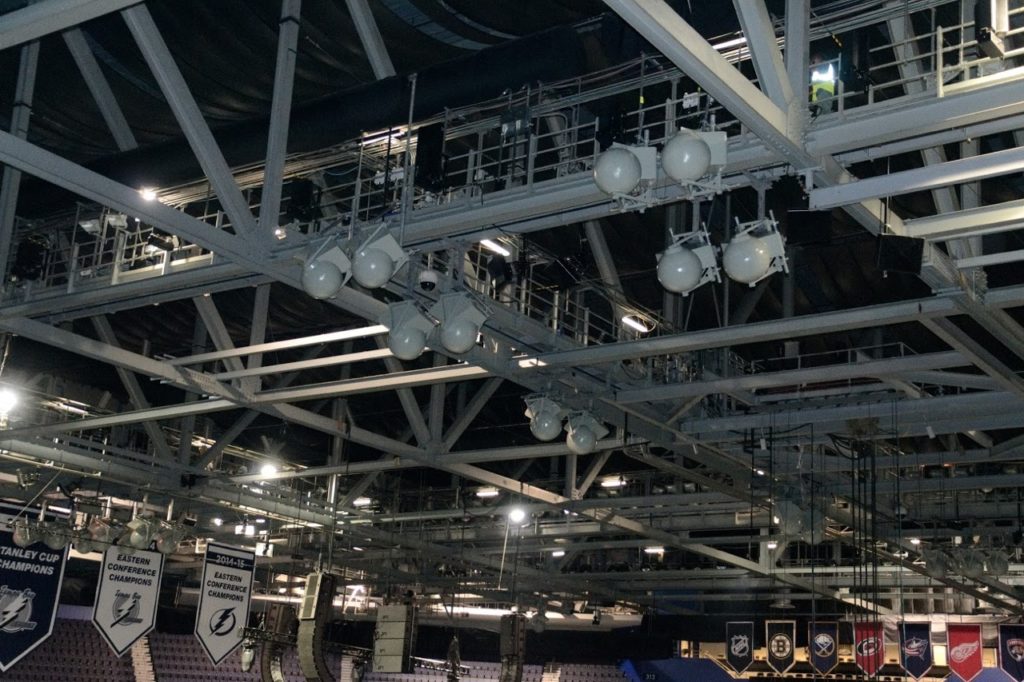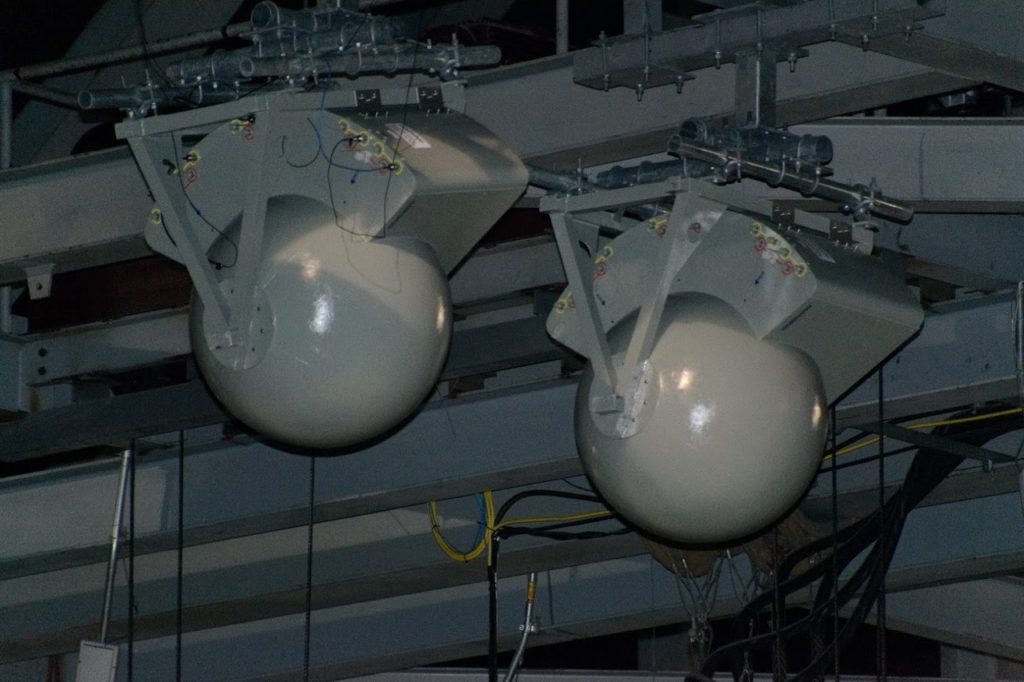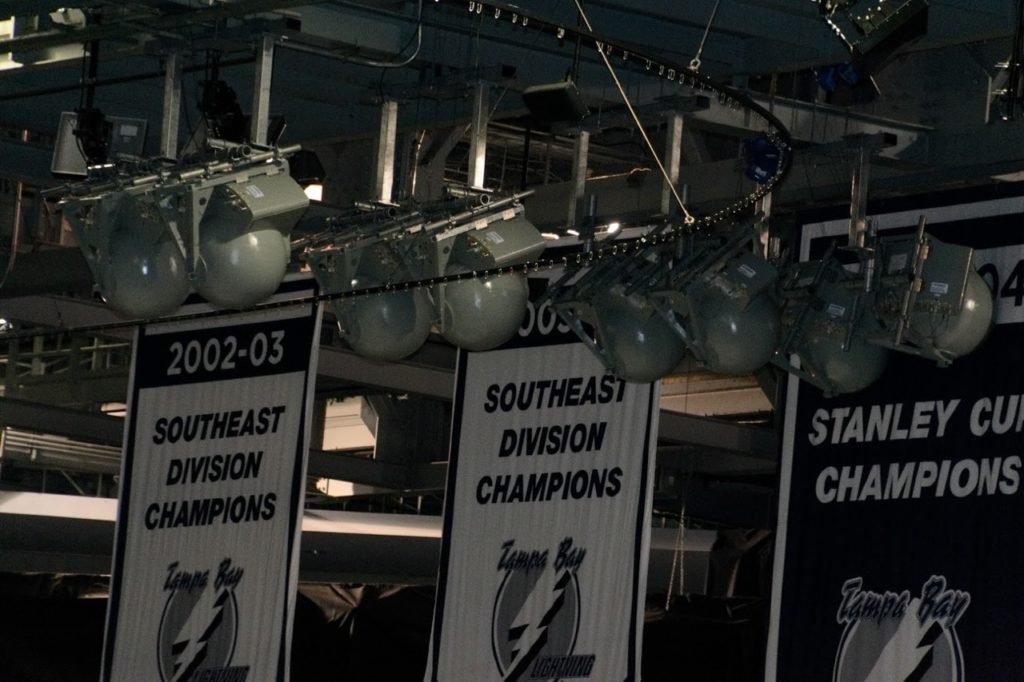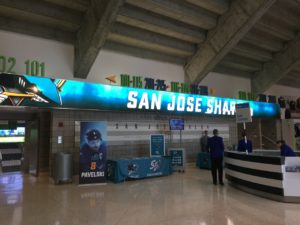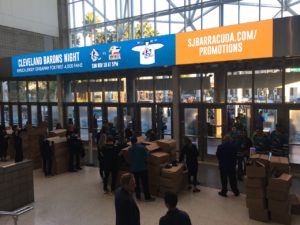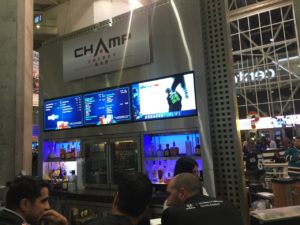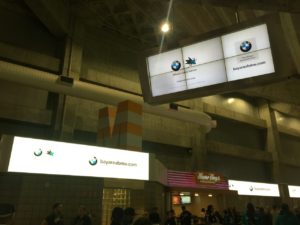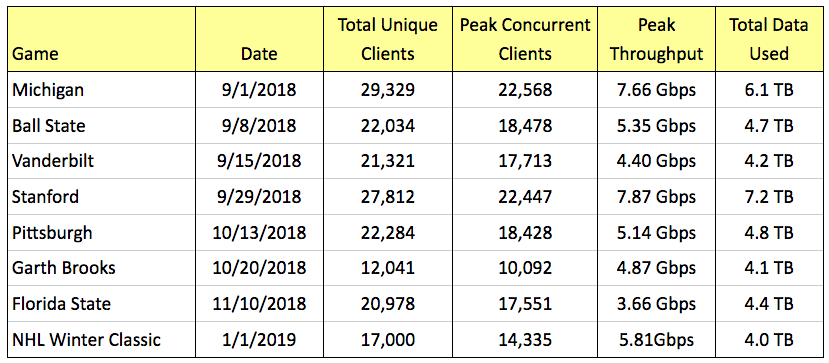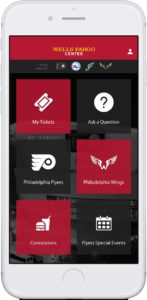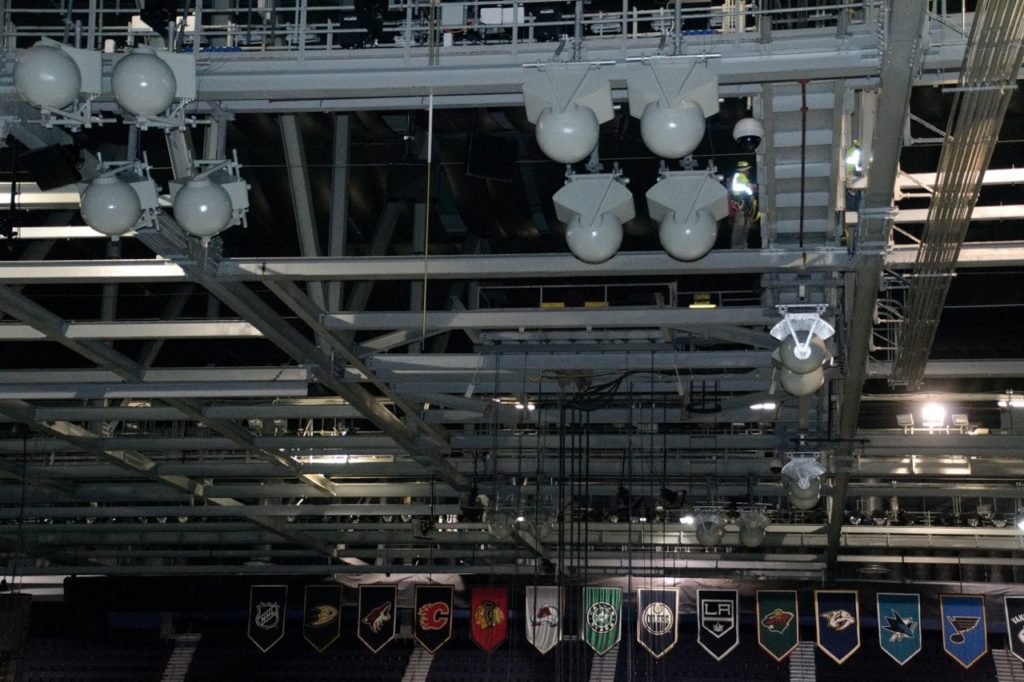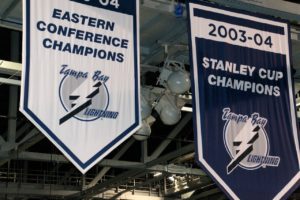
MatSing ball antennas seen behind championship banners at Amalie Arena. Credit all photos: MatSing (click on any photo for a larger image)
According to AT&T, which is running and operating the new DAS, the new network “is officially on-air,” after going through some test runs during Tampa Bay Lightning NHL games. According to one informer, AT&T CEO John Donovan (an old friend of MSR) attended a recent hockey game at Amalie and gave a big thumbs-up to the new DAS, which is the biggest known installation of the unique MatSing antennas, which are basically huge spheres with lots of directional cellular antennas inside.
A press release from AT&T about the new DAS claims that has boosted cellular capacity inside Amalie Arena by 400 percent from last year. The new DAS also uses Corning ONE gear on the back end.
MSR will be in Minneapolis this weekend at the other Final Four, so if you are in Tampa for the women’s tourney take a speedtest or two on cellular and let us know what you see. We are watching the DAS deployment at Amalie Arena carefully since it is our guess that it won’t be the last you hear of MatSing deployments this year. Some more photos from the Amalie Arena MatSing deployment below.
